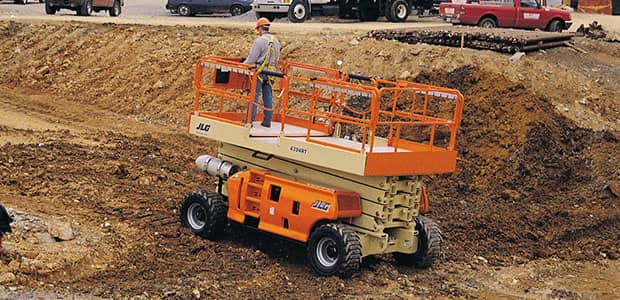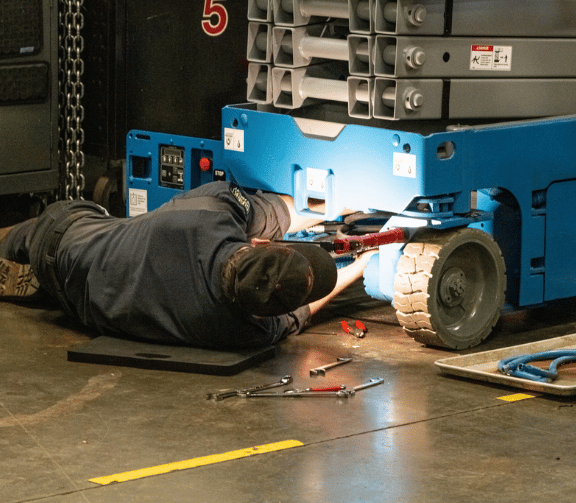Specialist Lift Engineer Course: Educating for Leading Lift Repair Companies Near Me
Specialist Lift Engineer Course: Educating for Leading Lift Repair Companies Near Me
Blog Article
Comprehensive Overview to Lift Systems and Their Upkeep
Browsing the complex globe of lift systems and their maintenance is a task that requires accuracy and understanding. From the different types of lift systems being used to the careful adherence to safety laws, the upkeep of these upright transportation devices is a complex endeavor. As structures skyrocket higher and innovation advancements, the demand for a detailed understanding of elevator systems comes to be progressively essential. Join us as we untangle the complexities of lift upkeep, checking out usual problems, ideal practices, and sophisticated innovations that shape the modern-day landscape of vertical transport.
Kinds Of Lift Equipments
Elevator systems been available in numerous types, each created to suit particular structure needs and user requirements. One of the most common kinds consist of hydraulic lifts, traction elevators, machine-room-less lifts, and vacuum cleaner elevators. Hydraulic elevators are suitable for low-rise buildings and use a hydraulic piston to relocate the elevator cars and truck. Traction elevators, on the various other hand, are extra fit for skyscraper buildings and utilize steel ropes and weights to relocate the automobile. Machine-room-less lifts are a space-saving choice as they do not call for a separate device space for the lift machinery. Vacuum elevators, a much more contemporary technology, usage air stress differentials to relocate the auto within a clear tube.
Each kind of elevator system has its own benefits and drawbacks, making it critical for structure proprietors and programmers to carefully consider their particular requirements before choosing one of the most appropriate alternative. Aspects such as developing height, space availability, energy performance, and budget plan restrictions all play a significant role in identifying the most effective lift system for a specific building.
Usual Maintenance Problems
Normal upkeep of lift systems is crucial to make certain smooth procedure and lengthen their life-span. Regardless of normal maintenance, elevator systems can still come across typical maintenance issues that need to be promptly addressed to prevent disruptions in solution. Normal examinations and positive maintenance can help identify and resolve these common upkeep problems before they escalate and influence the total efficiency of the lift system.
Security Laws and Compliance
Sticking to rigorous safety and security laws and making sure compliance with sector requirements are vital for preserving the operational integrity of elevator systems. Elevators undergo a thorough collection of security regulations to guard guests, upkeep employees, and the public. Governing bodies such as the Occupational Safety And Security and Health And Wellness Management (OSHA) in the United States and the European Lift Association (ELA) in Europe establish guidelines that cover various aspects of lift layout, maintenance, setup, and procedure.
Conformity with these policies is not only a lawful need yet also a moral commitment for building owners and elevator maintenance firms. Failure to fulfill safety criteria can result in fines, lawful responsibilities, and, most significantly, endanger the safety and security of people using the elevator. Normal inspections, maintenance checks, and adherence to safety and security methods described in the guidelines are necessary to make certain the effective and secure procedure of elevator systems. By prioritizing security guidelines and conformity, stakeholders can promote the trust of the public and alleviate prospective threats connected with elevator use.
Ideal Practices for Maintenance

Building proprietors must also take into consideration investing in innovation upgrades to improve the performance and security of their lift systems. By complying with these ideal methods, lift systems can operate efficiently and securely, offering reliable upright transport for residents.

Advanced Technologies for Effectiveness
Executing cutting-edge technologies in lift systems can considerably boost functional efficiency and guest experience. These systems enable passengers to input their wanted floor prior to getting in the elevator, which after that directs them to the most reliable cars and truck.
Furthermore, the assimilation of wise sensors and anticipating upkeep capabilities has actually transformed lift maintenance. These sensing units can find prospective issues prior to they escalate, enabling aggressive maintenance treatments and reducing downtime. In addition, using regenerative drives and energy-efficient components helps in reducing power consumption and operating prices in elevator systems.
Furthermore, the execution of cloud-based monitoring and remote diagnostics permits for real-time tracking of lift performance and instant troubleshooting of any kind of malfunctions. This aggressive method not just boosts system dependability yet also boosts the overall individual experience by guaranteeing smooth and nonstop elevator procedures.
Verdict
To conclude, understanding the different kinds of lift systems, usual upkeep issues, security laws, ideal maintenance practices, and advanced innovations for effectiveness is critical for ensuring the smooth operation of he has a good point elevators. By sticking to security laws and applying best practices for upkeep, building proprietors can lengthen the life-span of their lift systems and make certain the safety of passengers. It is necessary to stay updated on the newest developments in elevator technology to improve efficiency and reliability.
The most common kinds consist of hydraulic lifts, grip lifts, machine-room-less lifts, and vacuum cleaner lifts. Hydraulic lifts are excellent for low-rise structures and utilize a hydraulic piston to move the elevator car. Machine-room-less lifts are a space-saving choice as they do not need a separate equipment area for the elevator equipment. Normal inspections and proactive maintenance can assist determine and fix these common maintenance concerns prior to they intensify and influence the general performance of the lift system.

Report this page